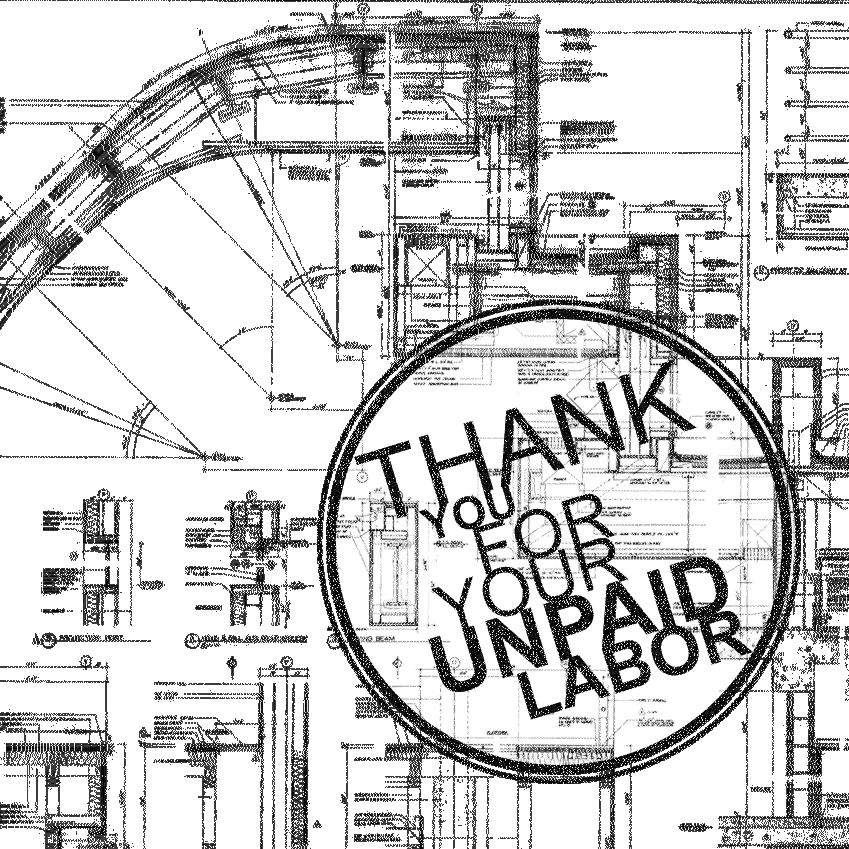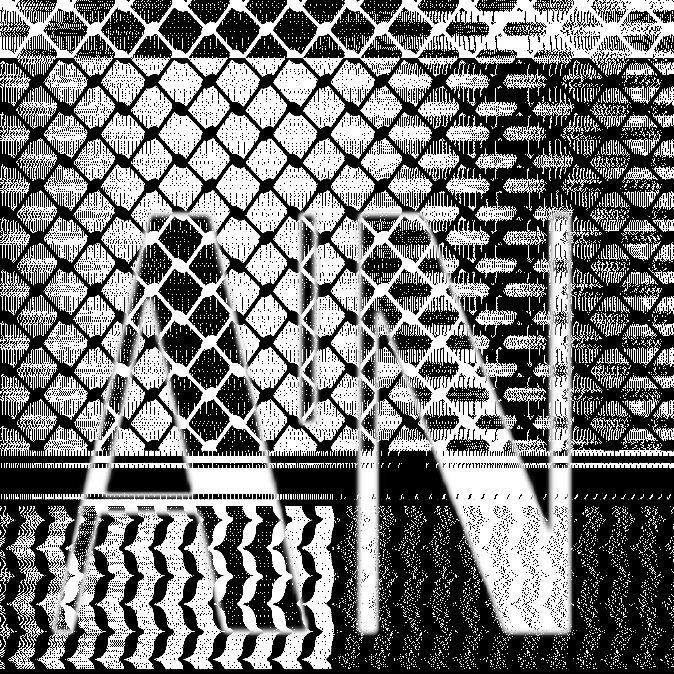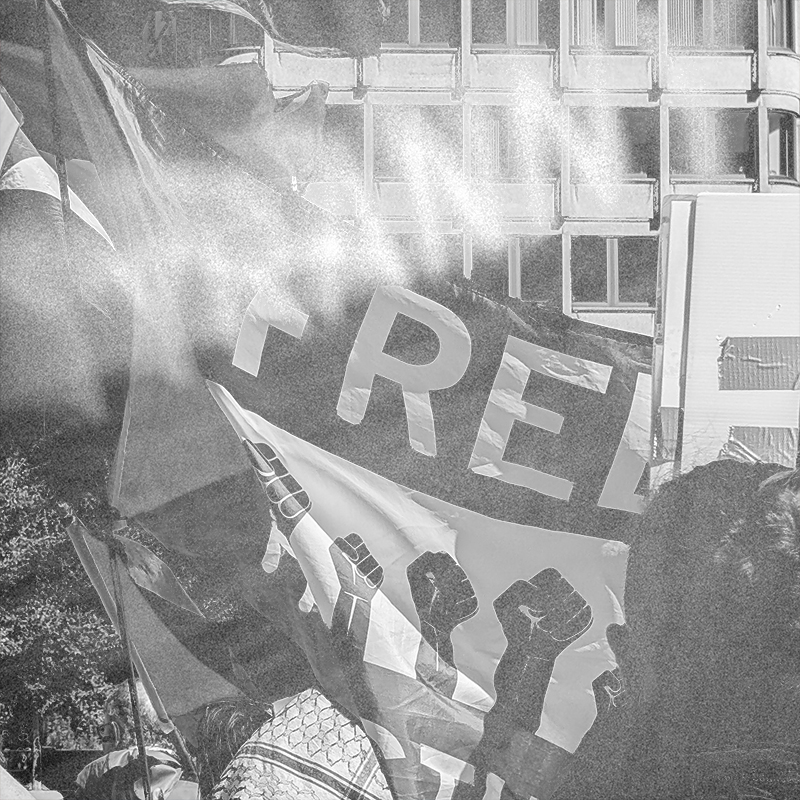
ARCHITECTS, ENGINEERS, DESIGNERS–BUILDING A UNION IS CLIMATE ACTION!
DESIGN WORKERS ARE ORGANIZING NOW
On July 21, 2022, workers at New York-based Bernheimer Architecture formed the first union at a private sector architecture firm in the United States since the 1930’s. It was a victory for the new BA Union and workers across a dozen other offices in various states of unionization campaigns, organizing under the International Association of Machinists and Aerospace Workers (IAM) through the Architectural Workers United (AWU) campaign.
Architects are organizing fast, leaving behind the atomized professionalism that has prevented us from building collective power. From a climate justice perspective, this moment is pivotal. As individual workplaces begin to establish collective bargaining agreements (CBAs) with their employers, we have an unprecedented opportunity to set clear terms for the structural changes we need across the Architecture, Engineering, and Construction (AEC) industry. CBAs typically have a set term of three to five years. To ensure the industry doesn’t fall five years further behind, we need to organize around strategies for climate action now, before we have established standards for private sector contracts. We have already missed the target to keep global warming below 1.5°C, and some regions are on track for 2°C of warming. Design workers including architects, landscape architects, engineers, and planners are particularly implicated in this because the building sector comprises 40% of annual global emissions. The threat of climate change to communities and ecosystems is unavoidable, but it can still be lessened with aggressive and immediate climate action. We must identify our terms for a Just Transition of the building sector and our strategies for meeting those terms.
We need AEC unions organizing collectively for a Just Transition!
TOGETHER WE WIN
Unions have helped achieve structural change in the past. One example is the Rubber Tappers Union, started in Brazil in 1975. Through the union, workers sought to address environmental degradation on the land where they lived and worked caused by road paving, cattle ranching, and deforestation. They advocated for the creation of designated public areas for local residents to manage sustainably, known as “extractive reserves.” After winning the support of the Environmental Defence Fund and National Wildlife Federation and engaging in a series of empates, non-violent blockades, the rubber tappers succeeded in pushing the Brazilian government to establish the world’s first extractive reserve.
Another example is the Chicago Teacher’s Union (CTU). They recognize that learning, working, and living conditions are not separate. In response they have included demands in their CBAs to improve learning conditions for students, including caps on class sizes, expansion of art and music programs in underfunded schools, sanctuary school protections, and access to affordable housing. This is a tactic known as “bargaining for the common good.” CTU teachers recognize their own conditions are entwined with those of their students, and they have used their collective power to instigate systemic change.
Beyond workers’ bargaining power, unions can directly influence policy through sustained lobbying. One example is health care workers organized under the Service Employees International Union (SEIU), who were instrumental in passing the Affordable Care Act. Workers canvassed to educate patients and community members about the benefits of the ACA and lobbied legislators directly in support of the law. Design workers are on the sidelines of policy, conversations dominated by developers and firm owners who lobby to maintain their destructive business-as-usual practices. But we have a direct stake in issues ranging from climate and housing legislation to building and energy codes. With a union, we can collectively advocate for policies that protect workers and communities.
UNIONS GIVE WORKERS POWER
There are legitimate obstacles to changing design practice in ways that would benefit firms, workers, and communities. Individual firms reducing emissions one building or client at a time will not dramatically change the building sector. We need to change the dynamics of climate action in practice by breaking the competition of the marketplace and sharing strategies, information, and tools across the sector. However, following two landmark rulings against the AIA for violation of antitrust laws in 1972 and 1990, it is illegal for architects, engineers, and other licensed professionals to share information between offices. Any professional collaboration that could be considered anti-competitive violates the Sherman Antitrust Act. This is in direct conflict with the urgent need to unify sector-wide strategies for decarbonizing the building industry. It also highlights the limitations of professional organizations like the AIA.
Unions are a critical tool for winning a Just Transition because organized labor is exempt from antitrust laws, giving workers legal power to reshape the industry from the bottom-up. However, unions are themselves large organizations with deeply entrenched internal power structures. If we, as design workers, do not identify core principles to inform our organizing now, we will not build the power to instigate systemic sector-wide change at the pace needed to prepare for the realities of impending climate breakdown.
The fact that we have not had private sector unions of architects in the US is an advantage in this case. We have a real opportunity to structure new bargaining units around Just Transition principles and to negotiate these terms with IAM from the outset. We need a vision for the Just Transition we want and a concrete plan to get there.
1—BUILDING SOLIDARITY
Bargaining units in individual offices build solidarity around shared concerns regarding working conditions and workers’ needs. Common issues include a lack of work-life balance, uncompensated overtime, lack of professional development or mentorship, and not having a say in day-to-day office operations. Poor labor practices such as these are standard in the industry. Changes won through CBAs will make practice accessible in the long-term for more people.
Just working conditions will also shift the dynamics of the design professions in ways that benefit both management and workers. Currently, firms undercut each other by shifting billable fee hours to uncompensated overtime. This practice makes it very difficult for small and mid-sized offices to compete with each other without taking on significant financial losses, which impact workers’ salaries, benefits, and precarity. As we achieve union density, the integration of uniform provisions, like paid overtime, across CBAs at many offices will reshape practice.
CBAs should include provisions for climate action, defined by workers. Examples of potential bargaining agreement demands are:
- Training and continuing education focused on climate action;
- Input from workers on the projects an office chooses to take on;
- Inclusion of design justice assessment, life cycle analysis, and post-occupancy evaluation as base services;
- Creation of worker-led standards for material specification, community engagement, design strategies, and emissions targets;
- Billable hours for climate action and compensation for overtime work.
As workers, our livelihoods are directly linked to decarbonizing our industry, and we will fight for our collective future through our contract negotiations.
2—BUILDING A VISION
Individual bargaining units in offices are organized under a parent union, such as IAM. While antitrust regulations restrict communication across offices, particularly regarding anything that would compromise a growth-oriented real estate industry, unions provide a protected space for workers to discuss the trajectory of our labor and organize around alternatives.
We need a vision for the just future we’re building and strategies for the transition that gets us there. We must identify these strategies in coalition with fellow workers in fossil-fueled industries and the frontline communities most at risk from the devastating impacts of climate change. Such strategies have yet to be defined, but they could include:
- Collectively withholding labor from socially and environmentally destructive projects;
- Reforming professional bodies including AIA, NCARB, and NAAB;
- Putting pressure on corporations like AutoDesk to make the tools necessary to design sustainably free and open source;
- Requiring optimized Environmental and Health Product Declarations, developing systems for reporting social impacts on communities living near extraction sites, and boycotting the use of Red List materials;
- Unity with the building trades on climate action in the building sector;
- Granting climate reparations that account for a long history of environmental racism and dismantle structures inhibiting a just future;
- Organizing to redirect spending away from the militarization of police and toward programs that support communities through pollution mitigation, clean energy infrastructure, affordable housing, and resilience;
- Supporting land back to Indigenous communities through reinstating treaty rights and recognizing rights to unceded land
As workers, we will organize together to envision a Just Transition for our industry.
3—BUILDING POWER
We are stronger together! To win change in the building industry, we need to organize across the Architecture, Engineering, and Construction divide, with workers in a range of unions. Alone, our power is limited. Together, we have the power to shut the system down and demand immediate, aggressive climate action.
Through our unions, we can organize for change that would otherwise be beyond the power of a single workplace or discipline to achieve. Examples of demands we could make of and through our unions include:
- Support for progressive climate legislation, like the Green New Deal;
- Support for progressive housing legislation, like the Homes for All Act, Green New Deal for Public Housing, or NY Tenant Protection Act of 2019;
- Support for progressive labor legislation, like the Climate Resilience Workforce Act or the Protecting the Right to Organize Act;
- Support for a stringent federal Buy Clean Act to restrict greenhouse gas emissions released during the manufacture and transport of building products and protect workers and the environment at the sites of material extraction and production;
- Reforms to local and state zoning regulations, building codes, and energy conservation codes;
- Enforcement of laws regulating building emissions, like New York City’s Local Law 97;
- Boycotts of specific projects that will result in further racial or environmental violence;
- Development of new Just Transition legislation that directly addresses the building sector.
As workers, we will leverage our collective power to advocate for a Just Transition that puts the interests of workers, communities, and the environment first.
4—WHO WE ARE…
The Architecture Lobby (TAL) is a membership organization advocating for reform in the profession in general, and for improving the material conditions of architectural workers in particular. This pamphlet was authored by the TAL Green New Deal Working Group, which advocates for liberatory principles and ecological justice as they relate to architectural labor, the built environment, and sustainable futures for all.
The members of the TAL Green New Deal Working Group reflect many different parts of the architecture, engineering and design industry employed in public, private, and university sectors. We range from designers and engineers, to educators and researchers. What we share is a commitment to social and racial justice, and a motivation to act urgently in response to the climate crisis. As a working group within the larger Architecture Lobby organization, we do not represent the interests of any single market, industry, or mode of building.
The recent efforts of the TAL Green New Deal Working Group have engaged policymakers directly. We authored an extensive GND policy response document with the goal of offering our training, experience, and insight to articulate potential choke points in the legislation that arise from misplaced assumptions about what causes environmental degradation and social inequality in the built environment. To date we have met with various legislative offices, endorsed legislation, and continue to organize for a Just Transition of the building sector.
The TAL Green New Deal Working Group meets on Mondays from 8pm-10pm ET via Zoom. We welcome you to attend our meetings, to get involved in the work we are doing, and to join the fight for a Just Transition for the building sector. Your reflections, comments, and suggestions are welcome – please contact us at gnd@architecture-lobby.organd follow us on Instagram @arch_lobby_gnd to get updates on our meetings and events.




